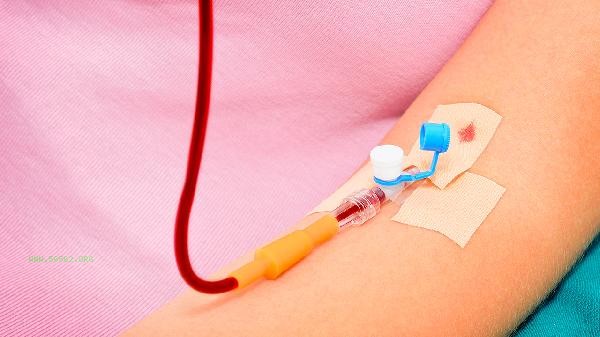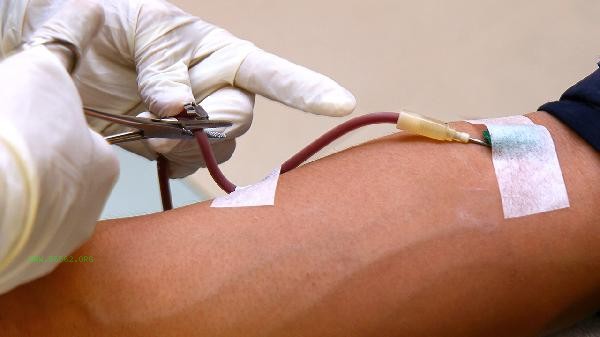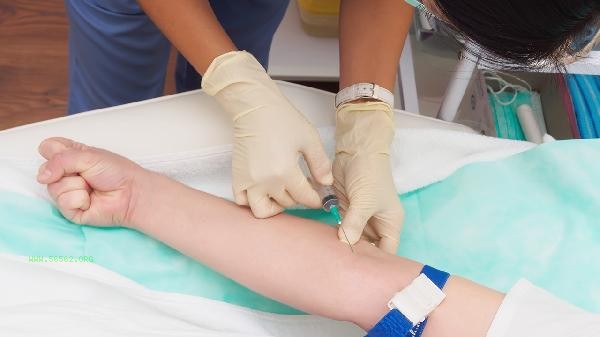Transfusion of 1.5 units is equivalent to 300 milliliters to 450 milliliters of blood. The standard amount of whole blood per unit is 200 milliliters to 300 milliliters, and the actual transfusion volume needs to be adjusted comprehensively based on the type of blood product, patient weight, and clinical needs.

1. Unit definition:
The "unit" in transfusion measurement is a commonly used clinical term, and one unit of whole blood refers to a collection volume of 200 milliliters to 300 milliliters. Blood stations in our country usually use 200 milliliters as the standard unit, while some countries use 250 milliliters or 300 milliliters. Suspended red blood cell products require approximately 120 to 150 milliliters per unit due to the removal of plasma.
2. Differences in blood products:
There are significant differences in the unit volume of different blood products. One unit of fresh frozen plasma is about 100 milliliters, and the therapeutic dose of platelet 1 is about 200 milliliters to 250 milliliters. When calculating the transfusion volume, it is necessary to specify the type of blood product. Concentrating 1.5 units of red blood cells is about 180 milliliters to 225 milliliters, which differs from the volume of whole blood by more than 40%.
3. Weight Conversion:

Clinical blood transfusion volume is often calculated based on the patient's weight, and adults need to receive 4 to 6 milliliters of red blood cells per kilogram of body weight. 1.5 units of suspended red blood cells can meet the requirement of increasing hemoglobin by 10 grams per liter for patients weighing 50 kilograms. The actual dosage needs to be adjusted based on preoperative hemoglobin values and target values.
4. Clinical scenario:
Cesarean section surgery usually requires 1.5 units of 300 milliliters of blood, while patients with gastrointestinal bleeding may need 1.5 to 3 units. After tumor chemotherapy, blood transfusion is often done in divided doses, with each dose ranging from 1 unit to 1.5 units, which can reduce the risk of excessive circulatory load.
5. Error control:
The blood bag label will clearly indicate the capacity, with an error range controlled within ± 10%. Before blood transfusion, it is necessary to double check the blood type, blood volume, and expiration date. When using a blood transfusion pump, the infusion speed can be precisely controlled. It usually takes 2 to 4 hours to complete the infusion of 1.5 units of blood. Within 24 hours after blood transfusion, avoid vigorous exercise and keep the puncture site clean and dry. Pay attention to supplementing animal liver, lean meat, and spinach rich in iron in diet, and promote iron absorption with vitamin C. Regular monitoring of blood routine indicators, with a recommended interval of no less than 3 months between two blood transfusions. Elderly patients and those with heart failure should closely observe changes in heart rate and breathing after blood transfusion. If there are transfusion reactions such as chills and fever, medical staff should be notified immediately.









Comments (0)
Leave a Comment
No comments yet
Be the first to share your thoughts!